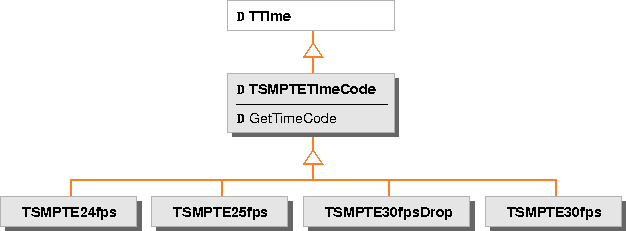
A MIDI tick is a dimensionless time unit derived from TTime. You can use MIDI ticks for time stamps in MIDI sequences when expressing metrical or SMPTE time formats.
Although MIDI data can be specified in real time, for musical flexibility MIDI time formats are often expressed in metrical or SMPTE contexts. To do this, you use a tick combined with information for translating ticks to actual time values. Then you can characterize MIDI data by a tempo (units per second) and tick rate (ticks per unit).
For example, a MIDI file might specify a tempo of 1 quarter note per second and 2 ticks per quarter note. To express MIDI data in a SMPTE context, you specify the number of frames per second and the number of ticks per frame.
You can model a MIDI tempo map by changing the rate of a MIDI player at different points in time--that is, changing the playback rate of its sequence. You change the playback rate by changing the rate of the player's internal clock, or the rate of the clock to which it is synchronized. It is important that you use the tempo map to back out of a sequence when the player is reversed, rewound, or restarted.
MIDI ticks

Tempo maps

[Contents]
[Previous]
[Next]
![]() Click the icon to mail questions or corrections about this material to Taligent personnel.
Click the icon to mail questions or corrections about this material to Taligent personnel.
Generated with WebMaker